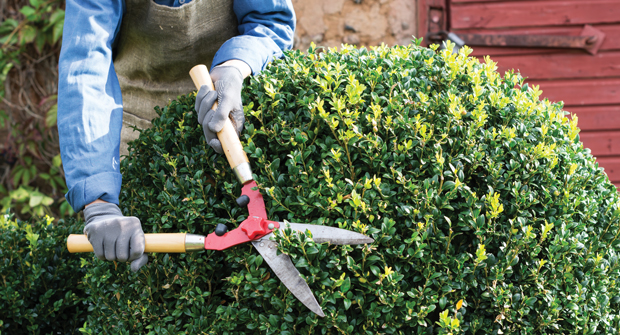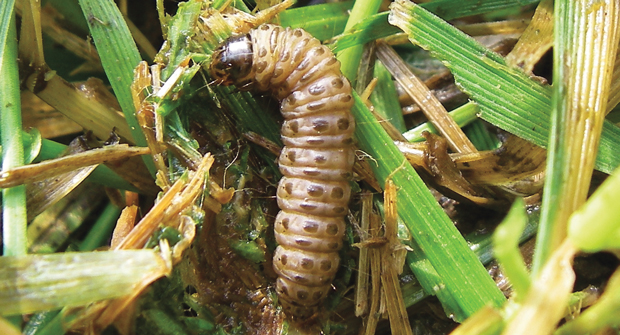As winter fades into spring, there are a few actions that landscape managers can take to ensure that ornamental shrubs on their properties remain healthy and beautiful year after year.
The how is not complicated and the whys are clear to see when you consider the physiology and growth cycles of plants.
Soil nutrient amendments
Many shrub species are planted for their showy flowers, and with a heavy flower set comes heavy nutrient use. If a contractor allows fallen flowers to decompose under the shrubs, the plant will recycle much of those nutrients.
However, this is rarely the case on managed properties. Shearing new growth off shrubs is also common, and this practice removes a significant amount of nutrients and carbohydrates that have been ‘invested’ in that new growth.
To help offset these situations, soils from shrub beds should be sampled for nutrient and pH analysis. Based on this soil analysis, appropriate nutrient additions should be applied in early spring to prepare for the new flush of growth and flowering.
Mulching
While mulching is a great practice for woody plants, including shrubs, contractors must keep in mind that mulch is a soil treatment and not a stem treatment. We often see declining shrubs where annual additions of mulch around the base have led to buried root collars, with multiple stems coming from below the soil or mulch line.
This can lead to decay, disease, or insect attack of buried portions of stems that should have been exposed or excavated after new mulch was added. Be sure to apply only a thin layer of fresh mulch and do not mound it against the base of plantings.
Pruning
The best time of year for pruning shrubs is species-dependent, but in general, contractors should prune flowering shrubs after bloom before the plant produces the next set of flower buds.
For shrubs planted for foliage or as borders, timing is less important. However, pruning or shearing of fresh new growth results in a loss for the plant of valuable nutrients and carbohydrates. Shearing in general is very stressful physiologically for plants, and whenever possible hand pruning should be preferred for the maintenance of desirable size and form.
While hand pruning is far more time and labor-intensive, it is much better from a health perspective compared to shearing.
Integrated Pest Management (IPM) scouting and treatment
Spring is the most common time for disease infection and infestation by many insect pests. The succulent, newly emerging tissue is more susceptible to infection or infestation compared to older hardened leaves.
Monitoring for disease or insect issues and applying the appropriate management strategies is very important in spring to protect that new growth.
Consider PGRs
Plant Growth Regulators (PGRs) can be a very effective tool to maintain desired size and form in shrubs, while greatly reducing the need for hand pruning or shearing.
Recent research from the Bartlett Tree Research Laboratories has shown that compared to shearing, boxwoods that were hand-pruned or treated with PGRs contained higher levels of non-structural carbohydrates.
These carbohydrates serve as energy reserves that plants can use for growth and defense against diseases and insects. In general, higher levels of carbohydrate reserves leave the plants more resilient in the face of environmental stresses. This is a great option when there is limited space for plantings and when a landscape design aesthetic needs to be maintained.


